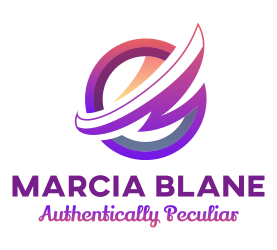Faith, Therapy, and the Peculiar Path to Healing
You can love God and need therapy. It’s not either/or, it’s sacred both/and.
Introduction
For generations, many of us were taught to keep faith and therapy separate. We prayed through pain, fasted through depression, and quoted scripture through trauma. And while faith sustained us, it wasn’t meant to carry the entire weight of our healing alone.
Because healing is holy work too.
Faith and therapy are not enemies. They are partners, two paths that lead to the same destination: wholeness.
The False Divide Between Faith and Therapy
In many spiritual spaces, seeking therapy has been labeled as a lack of faith, as if turning to a counselor means turning away from God. But the truth is, God works through people, processes, and psychology.
Therapy isn’t about replacing faith, it’s about expanding how we understand God’s healing power. Prayer and professional support can coexist beautifully.
Faith anchors the spirit.
Therapy tends to the mind.
Together, they restore the body.
Healing, after all, was never meant to be one-dimensional.
Faith as Foundation, Therapy as Integration
Faith gives us strength. It offers purpose, hope, and a framework for meaning. Therapy helps us integrate that faith into the parts of our story that still ache.
For the person who’s prayed for peace but still feels anxious, therapy can help regulate the nervous system that faith alone can’t always calm.
For the person who believes in forgiveness but struggles with boundaries, therapy can teach how to love without self-abandonment.
And for the person who trusts in divine timing but feels stuck, therapy can uncover the emotional roots holding them back.
You can pray for healing and still go to therapy for the tools to maintain it.
The Peculiar Path to Healing
Healing isn’t always linear, pretty, or predictable. It’s peculiar, uniquely tailored to each person’s journey. Faith doesn’t erase the struggle; it gives it meaning. Therapy doesn’t replace belief; it helps you embody it.
The intersection of the two allows you to move from surviving by faith to living through it fully present, emotionally grounded, and spiritually aligned.
Healing is both sacred and scientific. It’s the prayer and the process.
Reflection Practice
Take a quiet moment this week to reflect on the question:
What does healing mean in my faith tradition?
Write down what you believe about healing, then notice how those beliefs shape the way you care for your mind, body, and soul.
Affirmation
My healing honors my faith.
Therapy is not doubt, it is divine partnership.
I can love God and still seek help.
Conclusion
Faith and therapy were never meant to compete, they were meant to complete each other.
When you invite both into your journey, you’re not choosing between God and guidance. You’re choosing to heal in full color with mind, body, and spirit aligned.
Because sometimes, the holiest thing you can do is get the help you’ve been praying for.
Written by Marcia Blane, LPC, NCC, C.Ht.
Licensed Mental Health Counselor | Trauma-Informed Life Coach | Clinical Hypnotherapist
www.marciablane.com

